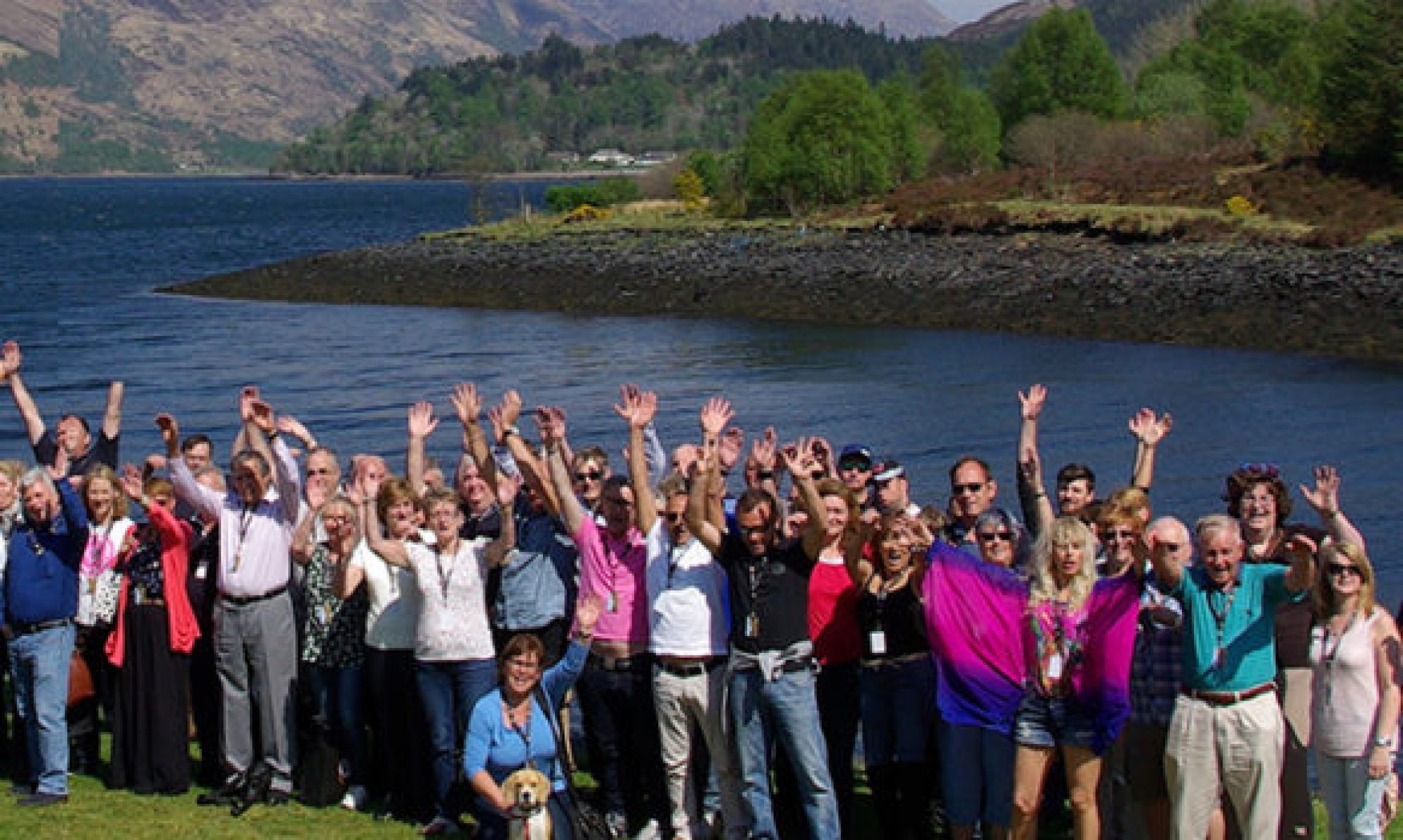
Beavers are a native British species which were hunted to extinction for their meat, pelts and scent glands. The beaver pelt was valued for the quality of the fur. The fur pelts were used in three ways. The full pelt (fur and skin), leather or suede (the skin with all fur removed), and felts (removing the fur from the pelt, and processing it with heat and pressure to form a piece of pliable material). Due to the strength and malleability of beaver felt, it has long been used to make hats. The beaver was extinct in England and Wales by the 12th Century, but populations in Scotland held on until the 16th Century.
Not unreasonably, we wish to see them back living in their former range. Beaver are a ‘key-stone’ species that are fundamental to an ecosystem. Beavers are one of the few animals that actually modify the environment (humans are another) to suit their own purposes. In the process, they create standing water and marsh that benefits many other species. They also create coppice and clearings in woodland thus providing a habitat for many other animals and plants.
Wetland areas and coppice must currently be maintained artificially, at a cost to the public. Beaver damming activity has also been observed to filter pollutants out of the water. Wetlands are not only one of the more valuable and fragile ecosystems, but they can also act to reduce flooding, a very topical subject in Britain today. After heavy rainfall, wetland areas and flood plains act as a sponge, releasing excess water slowly, preventing sudden rises in river levels. They are part of our natural heritage, and we have an ethical and moral responsibility to restore them to their natural range as soon as we can.

Over the last decade, two populations of beavers have been introduced into Scotland. The official one is the Knapdale beaver trial in Argyll where 16 were released between 2009 and 2011 under license by the Scottish Government. The project is run in partnership between the Scottish Wildlife Trust, The Royal Zoological Society of Scotland, and hosts Forestry Commission Scotland. Scottish Natural Heritage (SNH) coordinate the independent scientific monitoring being carried out. The trial is now complete and the project has gone quiet. Nothing has been published on their website since 2015. The unofficial reintroduction is on the River Tay and is not part of any official reintroduction. this population of beavers, due to unauthorised releases or escapes from local collections, appears to be thriving and has grown to around 150 to 200 individuals.
Alan Watson Featherstone, director of Trees for Life’s (which is supported by Highland Titles), has said: “The beaver deserves to be welcomed back to Scotland with open arms. These remarkable ecosystem engineers can transform the health of our rivers and forest ecosystems, and could benefit communities through an estimated £2m tourism revenue annually. Reintroducing beavers to Scotland would be the right thing to do and a historic leap forwards for rewilding – the restoration of our damaged ecosystems.” I agree with him.
Now that wild beavers are once more residents of Scotland, it is vital that they are given the status of resident, native Scottish mammals, to protect them from landowners who are currently free to kill them.
The then Minister for Environment, Climate Change and Land Reform, Aileen McLeod told BBC Scotland: “The minister will be taking time to consider the issue carefully and listen to the views of stakeholders before making a decision on the future of beavers in Scotland”. That is politician-speak for “We don’t really care and have no plans to do anything about it”. Aileen McLeod has been replaced now by Roseanna Cunningham, who previously held the post in 2010/11 and is remembered for having authorised the trapping of a young beaver on the River Ericht. This beaver subsequently died in Edinburgh zoo, apparently from the stress of capture. It is well known that beavers do not react well to trapping or to being separated from their family units. The return of Roseanna Cunningham to the politician with the power of life and death over our beavers is not reassuring.
The SNH report to Scottish Ministers can be viewed here:
Other information:
Scottish Wild Beaver Group Website: http://scottishwildbeavers.org.uk/
Save the Free Beavers of the Tay Facebook: https://www.facebook.com/groups/freebeavers



What about the impact of grouse shooting on habitat, as discussed in Mark Avery’s book ‘Inglorious’ and the ways in which dysfunctional deer stalking can push deer number upwards adding to overgrazing, and you have conflict relating to almost all forms of land-use in Scotland and in many parts of England too.